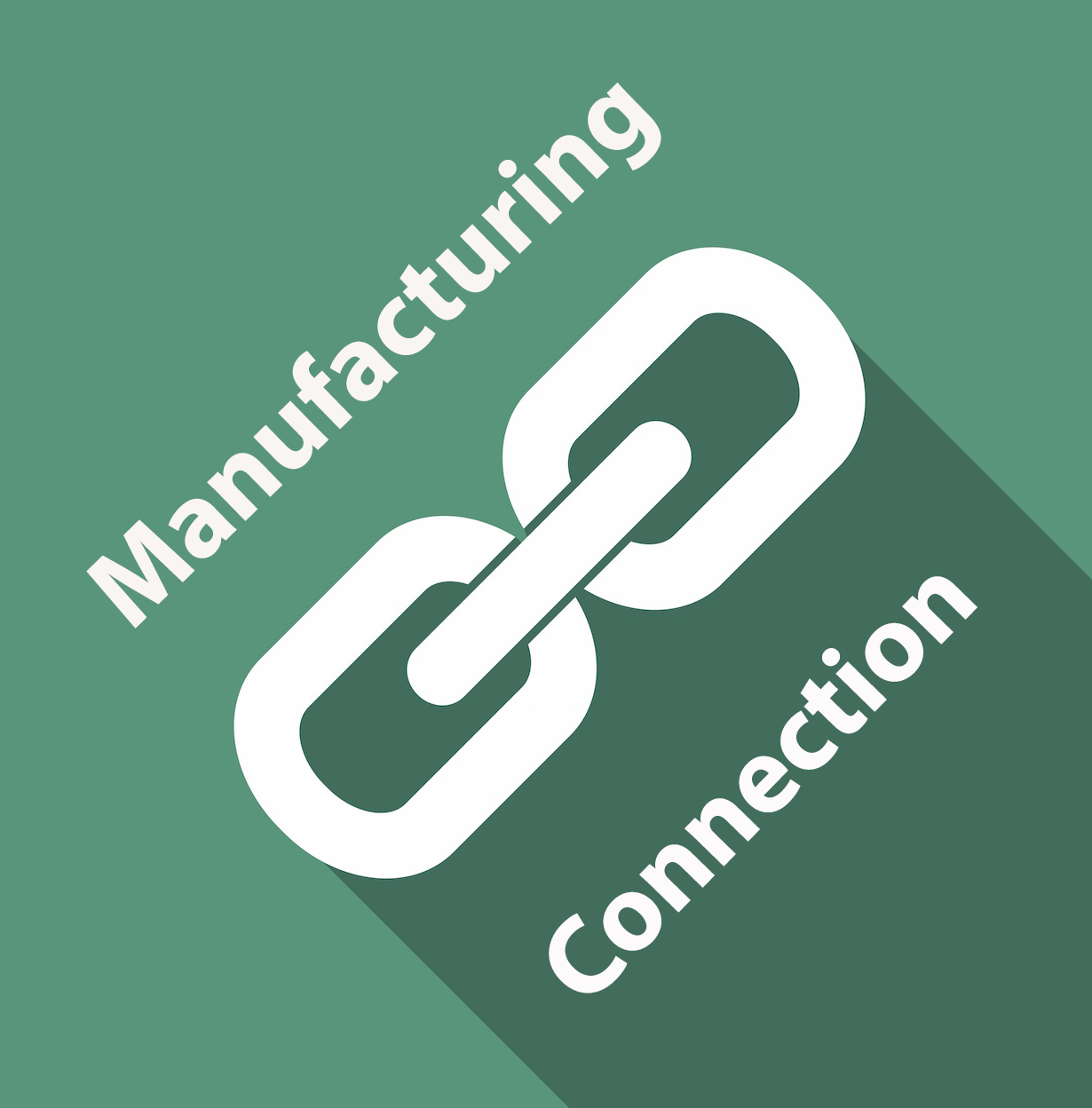
by Gary Mintchell | Jan 24, 2018 | Automation
Here is an interesting idea in the manufacturing services meets social media area. Let me know if you use this and how it worked. Volt480, which is dedicated to helping manufacturers recover faster during downtime, announced a new app that quickly connects plant managers with locally available service providers including automation system integrators and industrial electricians through an on-demand marketplace. The Volt480 app also uses machine learning to help solve problems faster.
The value proposition: When equipment fails due to this technology, companies can lose on average $40,000 an hour. The Volt480 app reduces downtime by quickly locating specialized technicians to troubleshoot and repair complex, interconnected systems that are sometimes mixed with obsolete technologies. The service also helps streamline the burdensome procurement process to quickly order and pay for emergency services.
“Volt480 was developed to help plant managers recover from downtime in half the time and half the cost,” said Volt480 Chief Executive Officer Bhavnesh Patel. “Because we know that every minute counts when production systems fail, we connect you immediately to a highly-skilled expert near you through our on-demand platform. Our real-time filtering algorithm enables manufacturers to find the right resource with the right skills right away.”
How it works
Volt480 combines an on-demand, crowd-sourced services platform with machine learning technology that collects data on the problem and solution across a wide variety of production equipment and technologies. This knowledge enables the company to build machine-learning models to address future failures.
Customers use the app to locate and connect with service providers who are knowledgeable and experienced with their equipment. Service providers set their own rates, and Volt480 processes the payment through the service, saving customers from working through the traditional PO/invoicing process.
Manufacturers then have an opportunity to rate their experience with the service provider, which can be viewed by other potential customers.
“When manufacturing equipment breaks down and production stops, every moment counts. Plant managers don’t have time to research the equipment and match it with a service provider that may or may not be familiar with the system, especially with older or obsolete automation control systems,” said Jim Keighley, former vice president of engineering for Kraft Foods. “With Volt480 at their fingertips, they can quickly browse for local/regional service providers, see ratings, prices, profiles, distance from their facility and contact them in an instant. And payment is easily handled via credit card.”
Volt480 also opens doors for service providers, helping systems integrators, control engineers and automation engineers build their businesses through a new network of potential customers.
“By registering my services with Volt480, I can be introduced to hundreds of potential customers,” said Richard Morales, a controls technician with Tornado Automation. “And I have the potential to be paid faster and with less effort than the traditional PO/invoicing process.”
“The machine learning capabilities of the Volt480 app will help speed the repair process, getting our clients back to work faster and our technicians on to their next assignment,” said Jeff Lea, CEO of Real Time Automation.
Availability
Volt480 is being rolled out as a pilot program for small-to-midsize manufacturers in Texas. The app is available through the Apple App Store and Google Play. After completing the pilot launch, the program will be offered to more than 16,000 food manufacturers in California and Texas.

by Gary Mintchell | Jun 22, 2016 | Technology, Workforce
Writers have been busy wringing their hands over a “coming workforce crisis” in industry and manufacturing for years. Hand wringing is a professional hazard for magazine editors and other writers. You know, like the old fable about Chicken Little and “the sky is falling.”
I’ve long maintained that we will tackle these problems in due time as the opportunities and actual needs arise.
Klein Tools catalyzed my thoughts in this direction once more by sending a not on the results of its second-annual ‘State of the Industry’ survey. Over the course of two years, the survey asked more than 400 union and non-union electricians about their project preferences on job sites. This year it found higher percentages of electricians who prefer to work on high-tech installations, and home technology remains the most widely viewed residential trend by electricians.
High-tech Installations
The Klein Tools’ State of the Industry survey found preferences towards working on industrial projects, office buildings and commercial properties have stayed relatively the same since last year. There was a noticeable increase, however, in the number of union electricians, and electricians with 10 to 19 years’ experience, indicating they prefer to work on high-tech installations.
- This year, 42 percent of union electricians say they prefer working on high-tech installations, up from 31 percent in 2015.·
- The survey also found 51 percent of electricians with 10 to 19 years of industry experience said they prefer working on high-tech installations, a significant increase from 24 percent in 2015.
- In comparison, 29 percent of electricians with less than 10 years’ experience said they prefer working on high-tech installations, and only 24 percent of electricians with more than 20 years’ experience said they prefer working on high-tech installations.
“We’re seeing increased interest from younger electricians and apprentices in high-tech systems. They see opportunities to work on the latest technology as a way to gain experience in an area of future growth and like the challenge associated with learning a complicated skill,” said Mark Klein, president of Klein Tools. “It’s great to also learn many experienced electricians are taking a fondness to more advanced systems and want to keep up-to-date on their craft. This allows electricians with varying levels of expertise to learn from each other on the jobsite and advance the entire industry as technology continues changing the way we operate.”
Multi-Family and Smart Homes
The Klein Tools’ State of the Industry survey also found electricians are seeing more smart or “connected” homes in residential areas. Technology in homes is the most popular trend viewed amongst electricians—over open living spaces, home additions and multi-family homes. However, multi-family homes have significantly increased since 2015.
· Nearly one-half of electricians, 48 percent, are seeing more smart or connected homes in the residential area—just slightly down from 56 percent in 2015.
o One-third of electricians, or 31 percent, are seeing more multi-family homes in the residential area, up significantly from 25 percent in 2015.
“This tech-focused residential data aligns with what we’re seeing in the industry,” added Klein. “Contractors are calling for more technicians who are skilled in newer, more digital-tech focused systems, and technicians are doing their best to keep up with this developing trend. Klein Tools is working with its partners to ensure younger electricians are trained in the old and news models so they are prepared for all types of scenarios on the job site.”
Solving Not Hand Wringing Over Workforce
In the same vein of thinking, these writers have also been wringing hands over millennials. Will they work? Will they just be like when they were kids? How about the following generation? Coddled and part of the entitlement society where everyone won a trophy, will they be able to hold a job?
Well, “they” said that about my generation. And the GenX generation. Overall, despite some problems with kids learning to make their way, there are plenty of good workers. They also bring along some better values than the later part of the Boomers who thought mostly about partying and drugs.
Educators and business executives rise to meet challenges. Check out Paul Galeski’s column in ISA InTech on mentoring. This is an important initiative that companies can promote. Or, just you. If you are not mentoring someone now, find someone.

by Gary Mintchell | Apr 20, 2016 | Workforce
Many people are concerned about recruiting the next generation industrial workforce. Not only must we recruit younger people, attracting young women into the industry in a variety of professions would be great.
Klein Tools just sent the results of a survey—its second annual “State of the Industry” one. This year, Klein Tools took a new direction with the survey focusing on family and asking more than 200 union and non-union electricians about their experiences getting into the field and on the jobsite.
As a sixth-generation family business, Klein Tools wanted to know how much support electricians get at home, which helps Klein create programs to better support future electricians and their families. The survey also specifically focused on women in the electrical industry, finding how many regularly work on jobsites with union and non-union electricians.
Family Ties & Influence
The Klein ‘State of the Industry’ survey found family and friends have important influence over those deciding to join the industrial workforce and specifically become electricians, particularly among union members. In fact, they may be the strongest factor in determining if someone will apply for an apprenticeship and commit to a career as an electrician.
- Three in ten electricians (30%) have one or more other electricians in the family, with union members (39%) significantly more likely than non-union members (23%) to have another electrician in their family.
- One-half of electricians (51%) were encouraged to become an electrician. More than nine in ten electricians (92%) would encourage someone to become an electrician.
- Two-thirds of electricians (64%) would encourage their children to become an electrician.
- Three in ten electricians (30%) would specifically encourage their daughter to become an electrician.
“Family is what Klein Tools is based on and it’s important apprentices have family support when deciding to become an electrician,” said Mark Klein, president of Klein Tools. “We know not all students receive the support they need when considering trade schools and we are actively working with apprenticeship organizations to ensure students have access to the resources, tools, information and leadership necessary to be successful in this industry.”
Women on Jobsites
According to the U.S. Department of Labor, in 2014 women represented only 2.4 percent of the electrician workforce. Klein Tools wanted to know how often women worked on job sites in the past year and was pleased to find the majority of jobsites had women regularly working on them.
- More than three-fifths of electricians (62%) report having worked with one or more women on job sites in the past year.
- Union members (78%) are significantly more likely than non-union members (51%) to have worked with one or more women on job sites in the past year.
“This is a good start, but is still markedly lower than what we believe it should be,” said Mark Klein, president of Klein Tools. “With numerous talented tradespeople expected to retire in the coming years, we need more trained electricians filling in the ranks and we support anyone who wants to contribute to this ever-changing and challenging industry.”
The Klein Tools ‘State of the Industry’ survey was conducted by Russell Research, an independent survey research firm, which conducted 200 online interviews from January 27 – February 5, 2016, to secure a nationally significant representation. Forty percent of respondents were union members and 60 percent were not.









